Galinstan
Galinstan is the name for a family of alloys consisting of Gallium, Indium and Tin. This eutectic alloy remains liquid at room temperature. With a melting point of -19 °C, Galinstan maintains its liquid form even in minus temperatures. It is used in many applications as a replacement for mercury.
Composition of Galinstan Metal Alloy
This metal alloy usually contains the three elements in the following proportions.
- Gallium (Ga): 68.5%
- Indium (In): 21.5%
- Tin (Sn): 10%
It does not have any specific chemical formula; however, this alloy is sometimes denoted as GaInSn using the symbols of all the three component elements.
Galinstan Production
It can be manufactured in quite a simple way. Gallium, Indium and Tin are melted and mixed together in appropriate proportions in order to produce this liquid metal alloy.
Properties of Galinstan
Here are some of the basic physical and chemical properties of this material:
- Appearance: The appearance of this silver colored fluid is similar to Mercury (Hg).
- Odor: It is odorless.
- Solubility: This metal is insoluble in water and organic solvents.
- Specific Gravity: The specific gravity of this substance is 6.4.
- Melting Point: Galinstan has a melting point of -19 °C.
- Boiling Point: It has a boiling point of above 1300 °C.
- Density: This liquid substance has a density of 6.44 g/cm3 at 20 °C temperature.
- Vapor Pressure: The vapor pressure of this substance is less than 10-8 Torr at 500 °C temperature.
- Viscosity: Its viscosity is 0.0024 Pa-s at 20 °C.
- Thermal conductivity: 16.5 W-m-1-K-1.
- Electrical Conductivity: 3.46×106 S/m at 20 °C.
- Surface Tension: s= 0.718 N/m at 20 °C
Applications of Galinstan Fluid
It is used for many commercial purposes mainly as a substitute for toxic Mercury and reactive Sodium-Potassium alloys. The non-toxicity and non-reactivity makes it a safer option than other metals like Lithium and Mercury for many applications.
- It is used for making thermometers instead of toxic Mercury.
- It can be used as an efficient coolant.
- This metal has good heat conductivity so it is used as thermal grease.
Researchers are trying to find out whether it can be used for Liquid Mirror Telescopes as a substitute for Mercury in the field of Astronomy.
Galinstan Glass Thermometer
One of the main commercial uses of Galinstan is in making highly efficient medical thermometers. There are many benefits of using these thermometers.
- These thermometers are more accurate than the normal Mercury ones and gives accurate readings within a very short time.
- The thermometers made from this metal are safe as it is a non toxic fluid.
- They do not raise any environmental concerns like the mercury thermometers.
However, the inner side of the thermometer tube needs to be coated with Gallium Oxide otherwise the Galinstan wets the inner surface of the glass.
Limitations of Using Galinstan
There are some limitations to the uses of Galinstan due to some of its properties and its high prices.
- Unlike Mercury, it wets glass surfaces. As a result, it becomes unfit to be used as a substitute for mercury in many applications. In case of thermometers, the inside of the tube is coated with Gallium Oxide as this prevents the wetting of the glass. Otherwise the thermometer cannot give accurate temperature readings.
- The fact that Galinstan is an aggressive metal which damages and dissolves many other metals is another obstacle in its uses.
- Spillage of this material can cause short-circuits.
- It is unsuitable to be used with Aluminum as it becomes extremely brittle in the presence of Galinstan.
- The Indium contents make this liquid metal inappropriate to be used in fission-based nuclear reactors.
Galinstan MSDS
It is a non-toxic liquid metal that usually does not cause any serious health problems. However, one should take certain general precautions while handling it.
Toxicology
It does not pose any serious potential threats to human health. But it might cause mild irritation in case it comes in direct contact with skin or eyes.
First Aid Measures
- Eye Contact: One should flush the eyes with plenty of water in case of direct eye contact.
- Skin Contact: In case of direct contact, the affected person should wash the contaminated area with soap and water.
- Inhalation: There is no potential risk in case of inhalation.
- Ingestion: One should immediately seek medical attention in case of accidental ingestion.
Personal Safety Measures
Care should be taken to avoid direct skin and eye contact. One should use proper gloves, protective clothing and goggles for skin and eye protection.
Storage Instruction
Galinstan should be stored in tightly sealed containers in a cool and dry place away from frost.
Fire Hazards and Fire Fighting Measures
This is not an inflammable substance.
Accidental Release Measure
In case of accidental spillage or leakage, the spilled material should be mopped up properly. Water and detergent should be used to clean the surface. The spilled product should be disposed of in a plastic bag.
Buy Galinstan Thermometers
These thermometers are available for sale online. Their price may range between $8 and $10.
- References
- Thoughtco.com
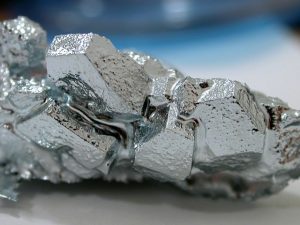
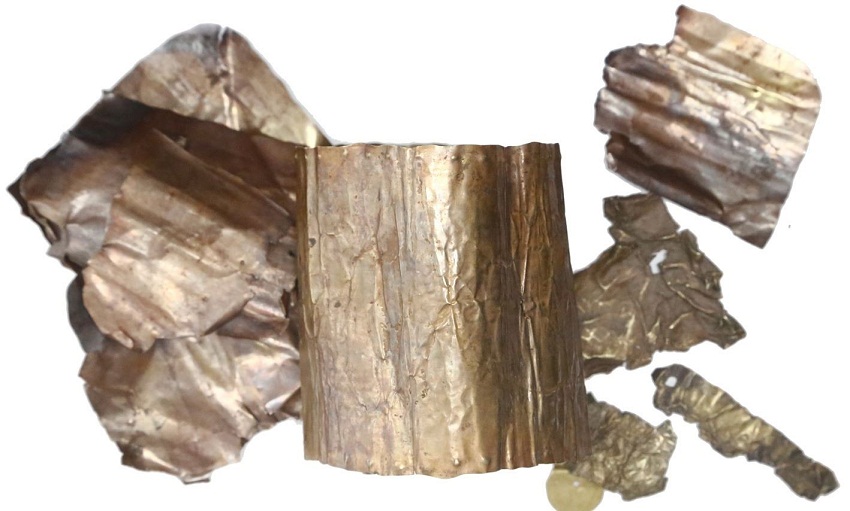
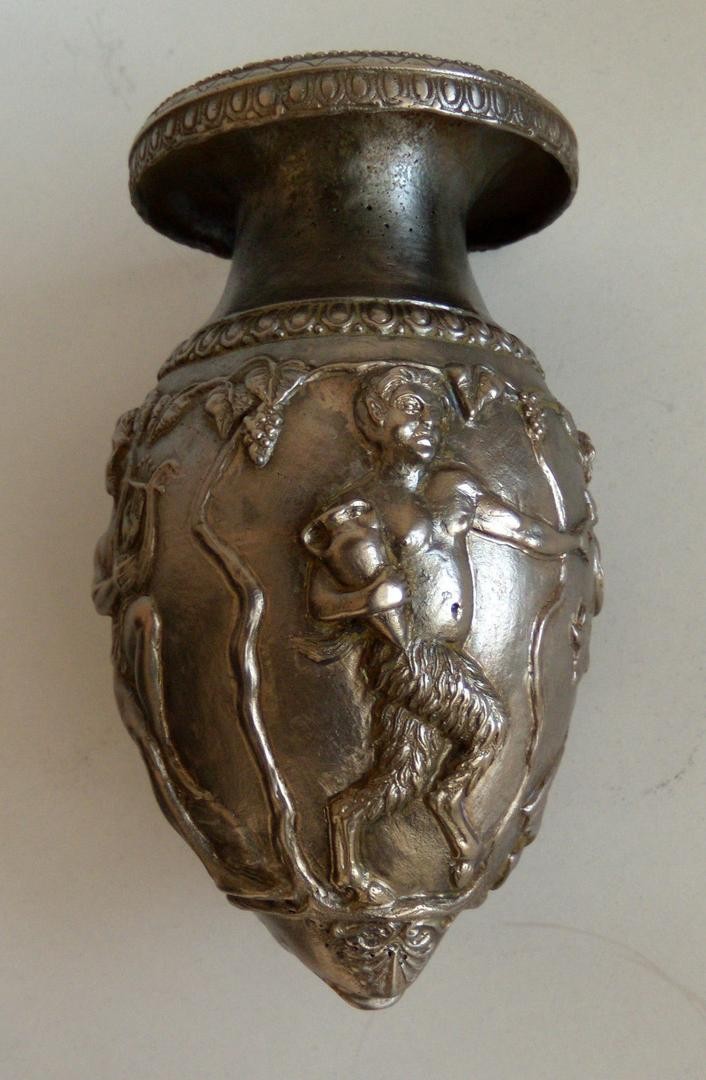
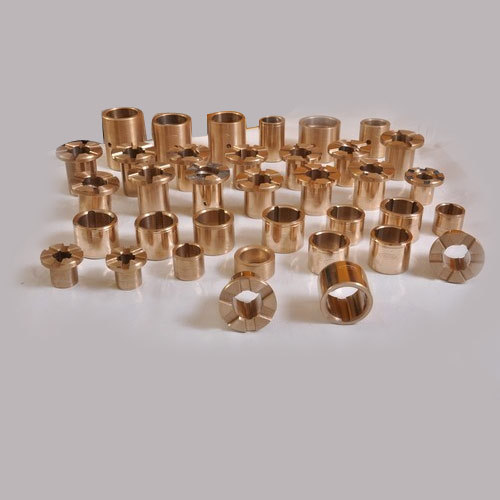
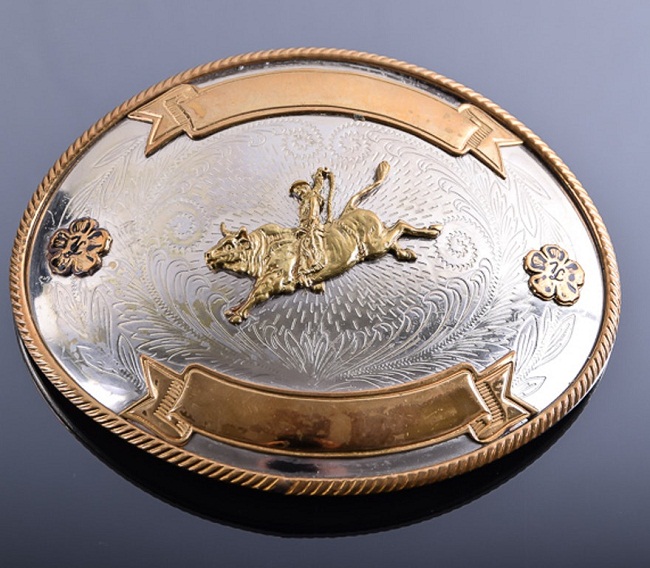
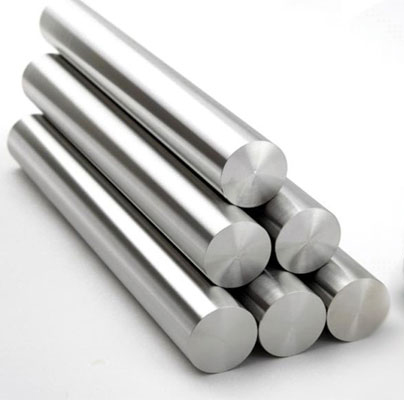
What metals won’t Galinstan dissolve/wet, if any?
I’m not sure on the metals galinstan won’t dissolve, but if you add a drop of 2% diluted sulfuric acid, it won’t stick to things like glass and plastic.
while resetting a galinstan thermometer, the tip hit the table and it shattered, spilling the metal all over my table and monitor. i successfully cleaned most of it from my monitor but a small portion is left and is currently uncleanable. is there any way i can clean this from my monitor without damaging it? it has a anti-glare coating on it